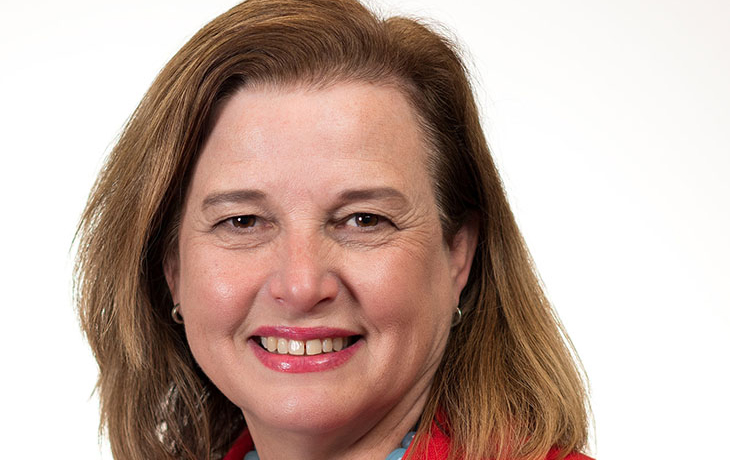
Education Commissioner Terry Holliday
Having been a teacher, principal, superintendent and commissioner, I have experienced the evaluation process at every level. My two key principles for evaluation are that all instruments should be aligned and that all instruments should be growth instruments.
I realize that employment decisions must eventually be made; however, I have always adhered to W. Edwards Deming’s principle that up to 95 percent of an organization’s performance is related to the processes in the organization, and most people want to do a great job. I always push for continuous improvement and growth of individuals while also working to improve processes in the organization.
The alignment principle takes some work. In Kentucky, we have 174 different versions of principal, teacher and superintendent evaluations. As I travel the state, most administrators tell me that we need to address this broken process. The Kentucky Department of Education’s (KDE’s) teacher and principal effectiveness committee work can be found here.
The superintendent and school board evaluation process is work that properly resides with the Kentucky Association of School Administrators and the Kentucky School Boards Association. To ensure alignment, I hope that these groups will include the following components:
Learning Conditions/Environment – We expect every teacher to create positive conditions for learning in every classroom. We measure that by observation, discipline records, student input, parent input and many other evidences. We also should expect principals, superintendents and school boards to create a positive learning environment in the school or district. One possible measure for learning conditions is the recent Teaching, Empowering, Leading and Learning (TELL) Kentucky survey that we initiated this month. Of course, the evaluation process should include the data from the survey only as a starting place to set priorities for improvement. The actual evaluation should be focused on setting goals and then working to improve processes such as facilities, empowerment, budgeting, resources and more.
This summer, we will have comparative data on many survey questions, and we will have data on Kentucky-specific issues.
There has been some confusion over how the results will be used. The results will not be used as part of a state accountability model. We hope to recognize schools and districts who have high percentages of participation. The results will be used by school-based decision making councils, schools, districts, KDE, the Kentucky Board of Education and numerous other organizations to improve the working conditions in our schools and districts.
In the states that have been using the survey for a number of years, the survey results often have been used to implement school improvement team policy changes and local board policy changes, and even state statutes and regulations have been changed based on results from the survey.
I firmly believe that by addressing working conditions in our schools and districts, we will have a positive impact on student learning results, reduce teacher turnover rates and make a long-term impact on the economy of Kentucky.
Student Learning Results – Most teachers I talk with agree that student learning results are important; however, proficiency on standardized tests is not always the best way to measure teacher impact. A more valid and reliable method is growth. Most teachers agree that evaluations should include student growth from multiple measures (formative and summative). Also, most teachers agree that evaluations should include what teachers do to improve the instructional processes in the classroom, and again, there are multiple evidences of this improvement. Superintendents and principals also should be evaluated on student growth in learning. These evaluations should come from agreed-upon goals and evidences that are directly linked to the district’s strategic plan or school improvement plan.
Finally, as commissioner, I believe my evaluation process is a good model for local superintendents. The Kentucky Board of Education and I agree upon yearly goals that include student learning and improvement of key processes such as communications and support processes (e.g., budgeting, personnel, working conditions). The evaluation process happens mid-year and end-of-year and is done in public.
The ultimate goal that I want to be measured by is the college- and career-readiness of graduates from Kentucky public schools. The goal is a 50 percent increase in the number of graduates who are college- and career-ready. There are yearly goals that measure the progress and yearly goals for the processes that support the college- and career-readiness goal.
It is my hope that every board will work with their superintendents to include this key goal in the evaluation process, and then every superintendent will work with their principals to include measures that predict our success toward this goal. Finally, every teacher should know how their work is aligned to this goal of college- and career-readiness.
Evaluation systems should be driven by the student-learning goals and learning conditions at each level. We have a lot of work to do in Kentucky, and I know our boards, superintendents, principals and teachers are all committed to this work that so directly impacts our children’s future.
(To comment on this topic, contact Commissioner Holliday at terry.holliday@education.ky.gov.)


Leave A Comment